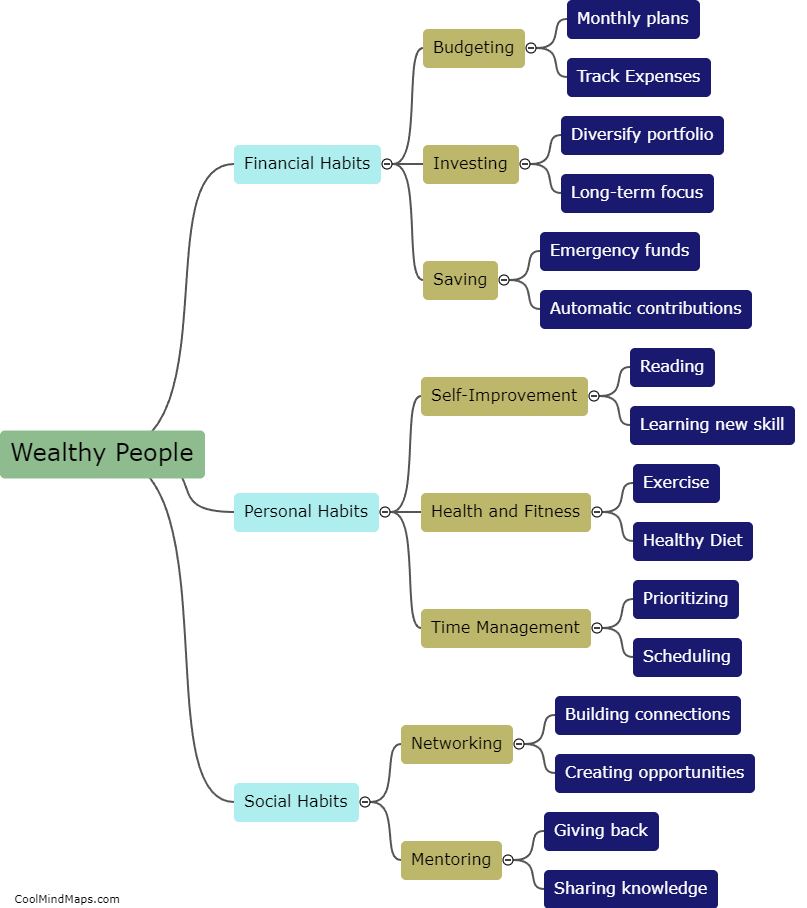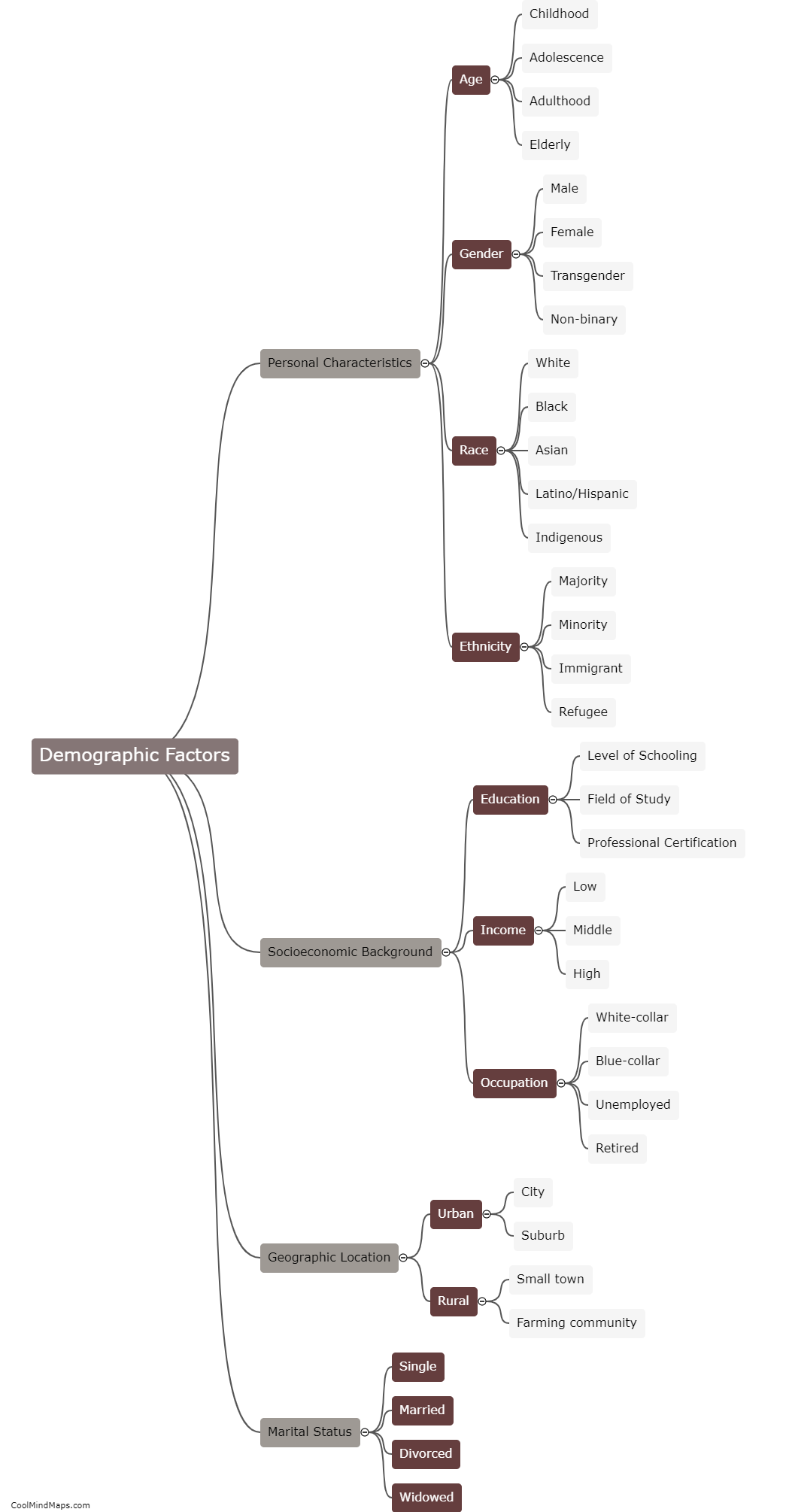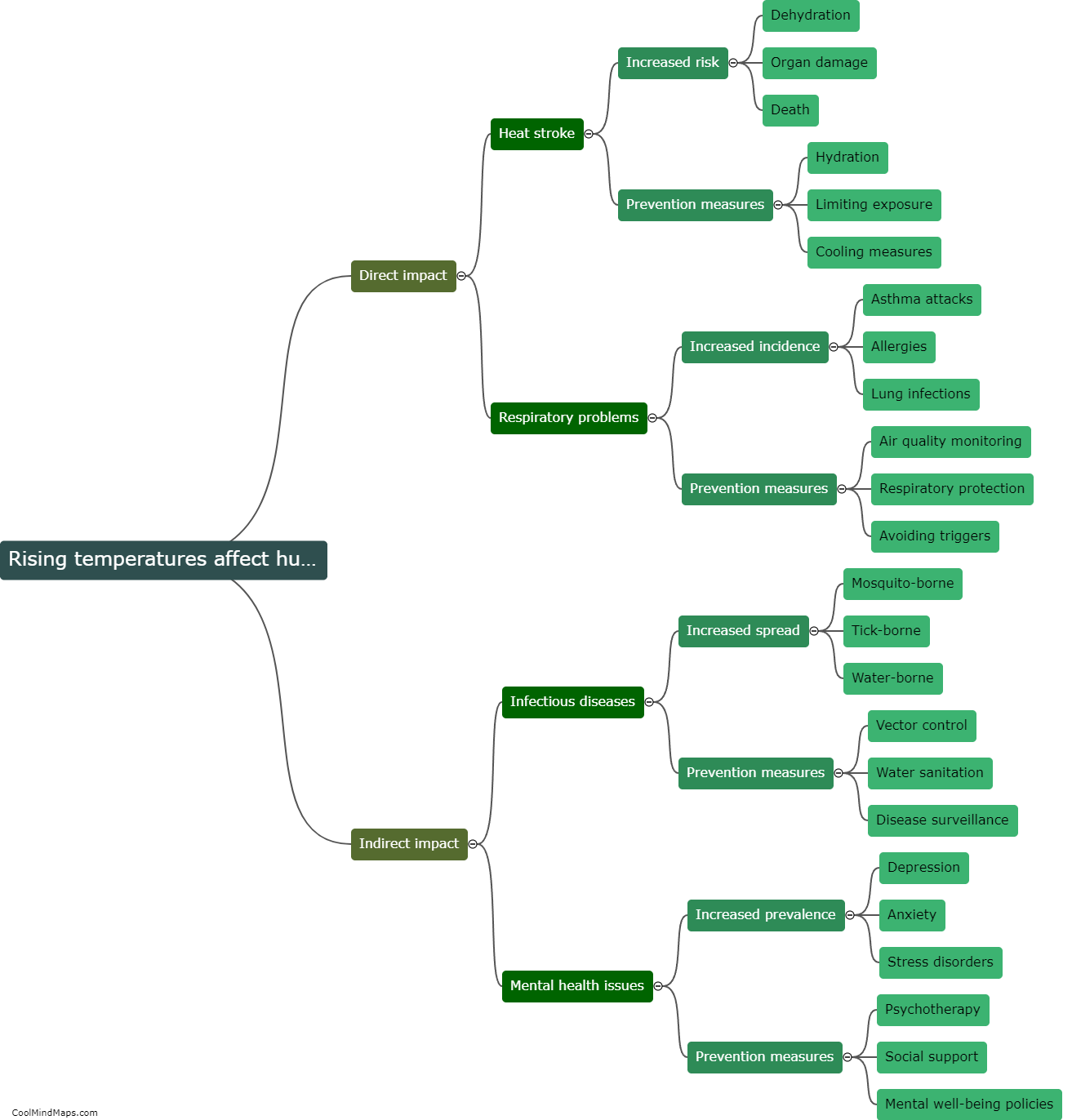What factors should be considered when designing learning spaces?
When designing learning spaces, several crucial factors should be considered to ensure an effective and conducive environment for students. Firstly, it is important to understand the needs and preferences of the learners themselves. This involves considering their age, requirements, and learning style to create a space that caters to their specific needs. Secondly, flexibility and adaptability should be prioritized. Learning spaces should be designed to accommodate different teaching methods and activities, allowing for easy reconfiguration and adjustments based on changing pedagogical approaches. Another factor to consider is technology integration, as contemporary learning spaces should be equipped with the necessary tools and digital resources to support modern teaching practices. Additionally, lighting, acoustics, and ventilation play a significant role in creating a comfortable learning environment that enhances concentration and minimizes distractions. Lastly, emphasizing collaboration and social interaction within the space fosters an inclusive and interactive learning environment, promoting student engagement and teamwork. Overall, designing learning spaces should prioritize learner-centric approaches, flexibility, technology integration, as well as comfort and inclusivity.

This mind map was published on 16 November 2023 and has been viewed 98 times.











